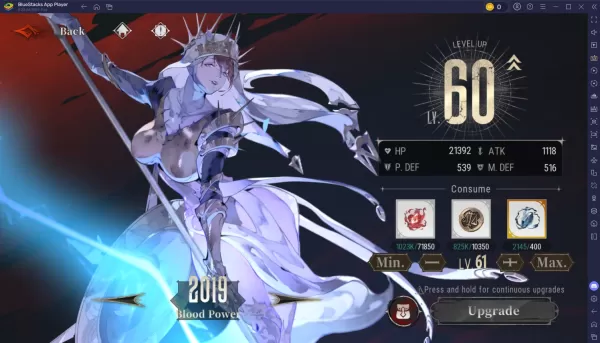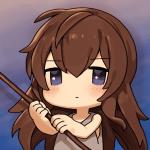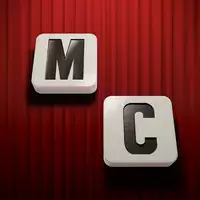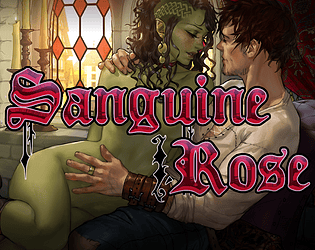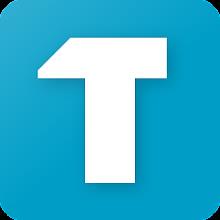What a pivotal year for Nintendo to unveil the Switch 2. While the hardware delivers exactly what fans hoped for — a powerful evolution of the beloved console millions already own — the global economic climate has made this next-generation launch far more complex than anticipated.
Even more so when factoring in the ongoing trade tensions between the United States and China. At a $450 USD price tag and a $80 USD retail for Mario Kart World, the Switch 2 has quickly become a focal point in the growing conversation around rising gaming costs, both in the U.S. and internationally.
To better understand the global pulse on the Switch 2, I connected with editors from IGN’s international outlets to gauge reactions across Europe, South America, Asia, and beyond.
How the World Sees the Switch 2
After speaking with IGN editors worldwide, the response to the Switch 2 is best described as mixed. The upgraded specs — including a 120Hz refresh rate, HDR support, and 4K output — are widely praised. However, notable omissions like an OLED screen have drawn criticism.
“IGN Italia’s audience is largely disappointed,” says Alessandro Digioia, Editor-in-Chief of IGN Italy. “The main concerns center on the price, lack of OLED, no achievement system, and a somewhat underwhelming launch lineup. While third-party titles were welcomed, many expected stronger first-party representation from Nintendo.”
IGN Portugal’s Pedro Pestana echoed similar reader sentiment — one he personally shares. “I’m not overly impressed either. The Switch 2 feels like a souped-up original — better in every way, but missing that original Switch magic. That said, it’ll come down to the games, and Mario Kart World looked fantastic.”
Other regions, however, are more optimistic. IGN Benelux’s Nick Nijiland reports strong positive feedback despite the high price. “The console has been received very well here. People complain about cost, but it sold out within hours. When we announced pre-orders via our Discord, we saw an insane spike in new members — it was overwhelming.”
IGN Turkey’s Ersin Kilic notes that improvements over the original Switch were appreciated. “Readers see it as a solid refinement — the design is sleek, and while it uses LCD, the screen quality is a clear upgrade. The biggest criticism? The Joy-Con 2 still doesn’t use Hall Effect sensors, which many hoped would reduce drift issues.”
IGN China’s Kamui Ye presents a balanced view. “The reveal was met with disappointment over the weak launch lineup and confusing regional pricing. Fans expected new entries in flagship series like Mario, Zelda, or Animal Crossing.” Yet, Ye adds, “core fans remain hopeful about Nintendo’s long-term vision. The extra power, improved battery life, magnetic Joy-Cons, and backward compatibility outweigh software concerns for loyalists.”
“Ultimately, Nintendo’s dedicated fanbase is willing to overlook early missteps, betting on the company’s history of refining platforms through strong future titles,” Ye concludes.
Hardware Pricing and Tariff Challenges
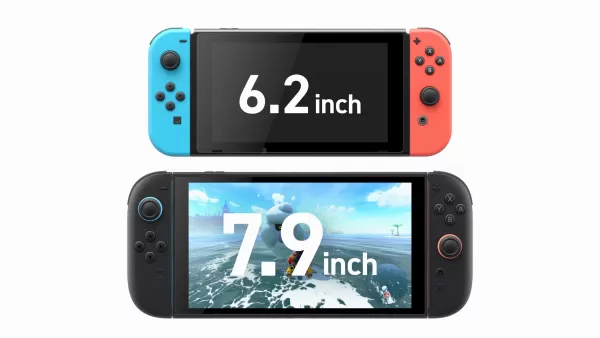
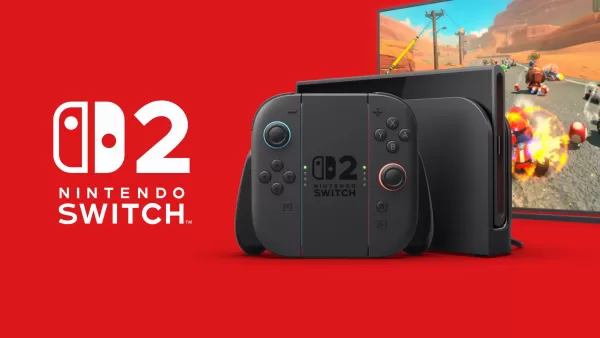
22 Images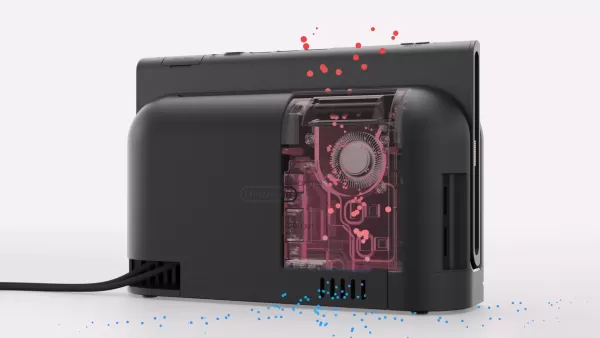
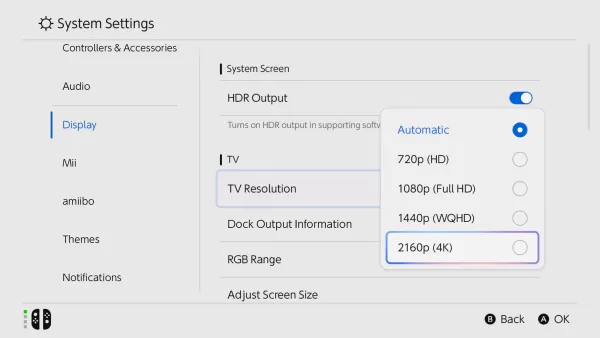
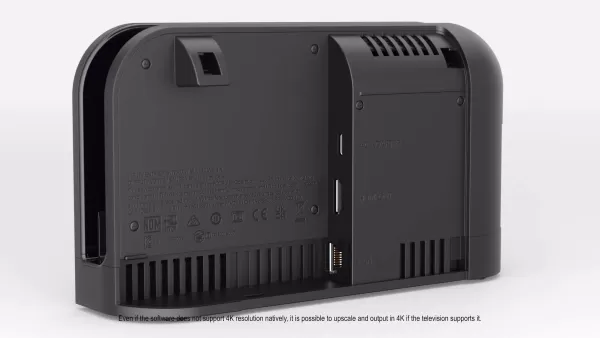
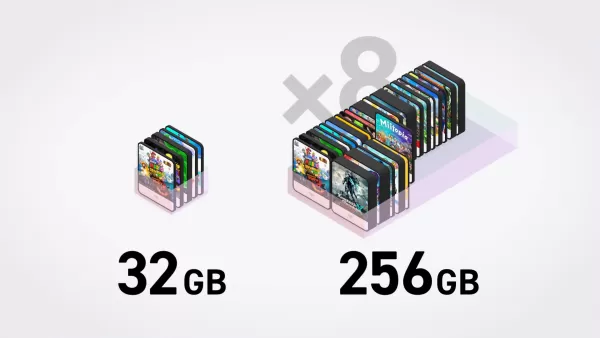
The Switch 2 is set to launch at $450 USD in the U.S., but pre-orders remain on hold — unlike in other regions — due to ongoing tariff issues tied to U.S.-China trade policies. This uncertainty is reportedly causing Nintendo to reevaluate its North American rollout ahead of the June 5 release.
In Europe, tariffs aren’t a concern, but pricing is. “In Germany, the tariff situation isn’t a worry,” says IGN Germany’s Antonia Dressler. “But the retail price definitely is. Readers are comparing it directly to the PS5, which is seen as a more powerful machine. Still, pre-orders are moving — interest is clearly there.”
With its price now aligned with the PS5 and Xbox Series X in many markets, the Switch 2 is no longer a budget-friendly alternative. “The official price in South Africa is R12,499,” says IGN Africa’s Zaid Kriel. “It’s not outrageous, but it’s now in the same tier as high-end consoles. Combined with Nintendo’s new game pricing, affordability could be a real issue.”
IGN France’s Erwan Lafleuriel notes that pricing has overshadowed nearly every other aspect of the reveal. “The debate is dominated by cost — and honestly, it was easy for that to happen because the presentation lacked surprises. Most details were already leaked, and there was no ‘one more thing’ moment. The games are solid, but something feels missing.”
For Latin America, the U.S. tariff situation could have ripple effects. “Brazil’s economy is especially vulnerable,” says IGN Brazil’s Matheus de Lucca. “With the weak Real, any U.S. price increase will likely inflate costs here. The Switch 2 may only be accessible to a small fraction of gamers in Brazil.”
Japan presents a unique case. Nintendo is launching a region-locked version at a lower price to protect its domestic market. “They couldn’t go over 50,000 yen — the weak yen makes pricing very different here,” explains IGN Japan’s Daniel Robson. “But to prevent mass imports, they’ve locked the cheaper model to Japanese games and accounts. It’s clearly a response to global trade dynamics.”
Robson adds, “The price is still steep for many families, but it’s far more competitive than the 77,000 yen PS5. And in Japan, Nintendo rules the market — the Switch dominates weekly sales charts. Most families will find a way to get one. As a parent, though, I’m relieved my daughter hasn’t asked for it — at this price, it’s way beyond birthday-gift territory.”
Software Pricing: The Biggest Hurdle
Despite hardware and tariff concerns, the loudest backlash centers on software costs. While rising game prices aren’t new — AAA titles on PS5 and Xbox Series X/S now routinely cost €80 — Nintendo’s decision to price Mario Kart World at $80 USD has sparked widespread criticism.
“Game pricing is the top complaint, not just from our readers but across Italy’s gaming community,” says Digioia. “Charging €90 for first-party titles feels unjustified, especially given Nintendo’s history of conservative pricing and rare discounts. The €9.99 price for Switch 2 Welcome Tour caused additional outrage, and paid upgrade paths for existing games are seen as nickel-and-diming loyal fans.”
“People are angry,” states IGN Germany’s Dressler bluntly. “€90 for Mario Kart World is a record — even Assassin’s Creed doesn’t cost that much at launch. And charging for a tutorial? It makes Nintendo look greedier than ever.”
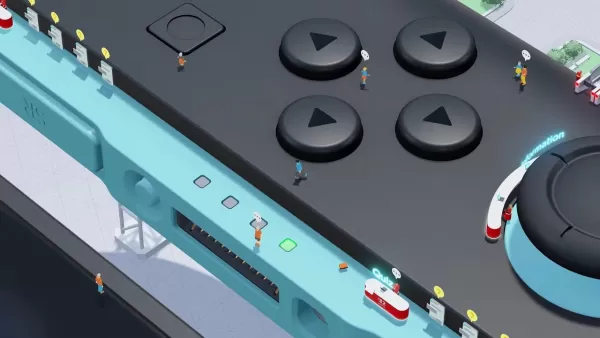
While Mario Kart World’s $80 tag is the main issue, the $10 fee for Welcome Tour has drawn ire across social media. In a time of rising living costs, such pricing feels tone-deaf to many.
In mainland China, however, the picture differs. With no official Switch 2 release planned, consumers will likely rely on gray-market imports from Japan and Hong Kong — where game prices are lower.
“Game pricing in Hong Kong and Japanese editions is more affordable than in the West,” says IGN China’s Ye. “Social media comments suggest most players find the official prices acceptable. While the console is pricier, it’s still seen as more cost-effective than handheld PCs like the Steam Deck — especially with full backward compatibility. Our data shows Chinese Switch owners are largely accepting of the price increase.”
For now, the Switch 2 appears poised for success — a safe, familiar upgrade to one of gaming’s most iconic consoles. But the nature of that success remains uncertain. The prospect of $80 first-party games during a global cost-of-living crisis has dampened enthusiasm for many. Add to that ongoing tariff issues in North America, potential stock shortages, and geopolitical complications, and the launch landscape grows increasingly complex.
Yet one thing is clear: despite the caveats, Nintendo has reignited global excitement. The Switch 2 may not be perfect, but the world is watching — and waiting.


